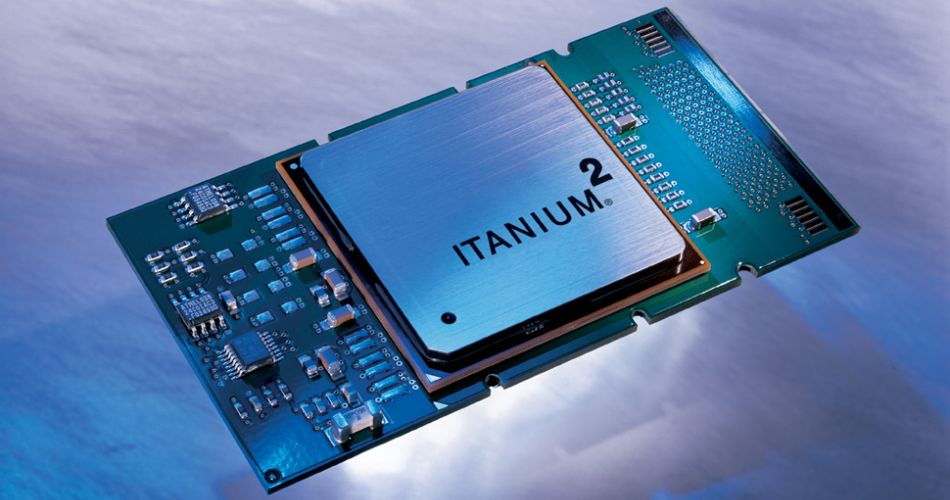Intel’s Itanium Is Finally Laid To Rest After Linux Yanks IA-64 Support

While some may have considered Itanium dead when its last CPUs shipped out to customers in 2021, that was just the end of production. The true end of the road is when software support ends, and that’s what’s finally happening to Itanium. Linux is removing support for Itanium’s IA-64 architecture with the 6.7 update of the Linux kernel (via Phoronix), marking the effective end of Itanium.
Itanium was Intel’s first 64-bit CPU, powered by the IA-64 architecture, and was jointly developed by Intel and HP. It was a troubled product almost from the start, missing its 1999 launch and slipping to 2001. Its projected revenue was constantly revised downwards year after year.
One of the major obstacles for Itanium’s success was that it couldn’t run x86 software natively. When AMD came out with a 64-bit version of x86 called AMD64 (now termed x86-64) for its Opteron server CPUs, Intel was forced to launch a brand-new line called Xeon, which used x86-64 instead of IA-64.
Despite all this, Intel and HP tried to keep Itanium alive. While new Itanium CPUs were no longer coming out every year by the late 2000s, Intel did deliver one final update to the Itanium lineup in 2017. HP has also sued Oracle for trying to drop Itanium support, which Oracle claims is unnecessary as Itanium is effectively defunct.
The end of support for IA-64 in Linux is a much bigger deal though, since it’s undoubtedly a very important operating system for Itanium CPUs. Obviously, not being able to receive updates is going to hurt for Itanium servers eventually, and it seems inevitable that the last few Itanium users will finally start jumping ship because of it.